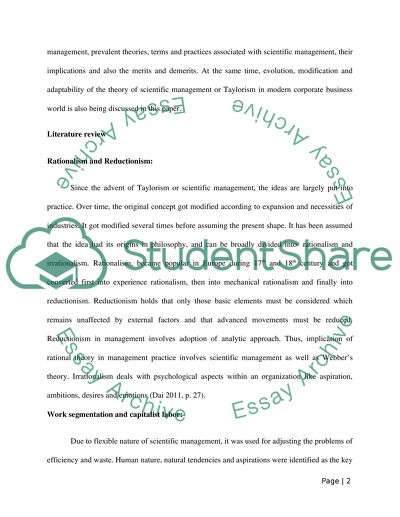Cite this document
(“Taylorism on scientific management Essay Example | Topics and Well Written Essays - 2500 words”, n.d.)
Taylorism on scientific management Essay Example | Topics and Well Written Essays - 2500 words. Retrieved from https://studentshare.org/sociology/1476498-taylorism-on-scientific-management
Taylorism on scientific management Essay Example | Topics and Well Written Essays - 2500 words. Retrieved from https://studentshare.org/sociology/1476498-taylorism-on-scientific-management
(Taylorism on Scientific Management Essay Example | Topics and Well Written Essays - 2500 Words)
Taylorism on Scientific Management Essay Example | Topics and Well Written Essays - 2500 Words. https://studentshare.org/sociology/1476498-taylorism-on-scientific-management.
Taylorism on Scientific Management Essay Example | Topics and Well Written Essays - 2500 Words. https://studentshare.org/sociology/1476498-taylorism-on-scientific-management.
“Taylorism on Scientific Management Essay Example | Topics and Well Written Essays - 2500 Words”, n.d. https://studentshare.org/sociology/1476498-taylorism-on-scientific-management.


